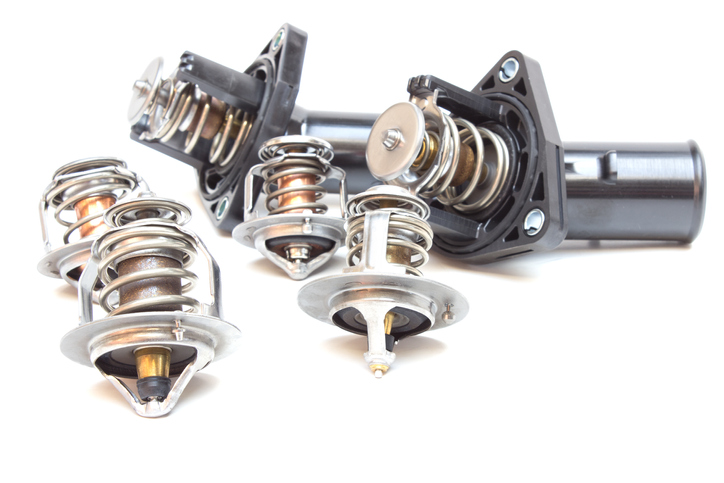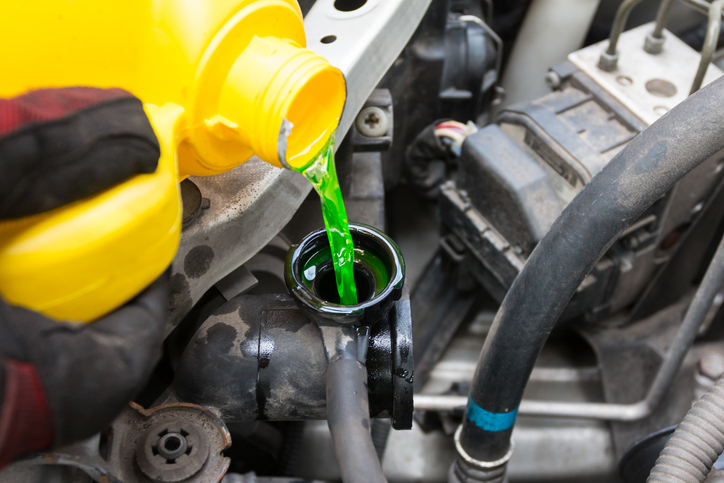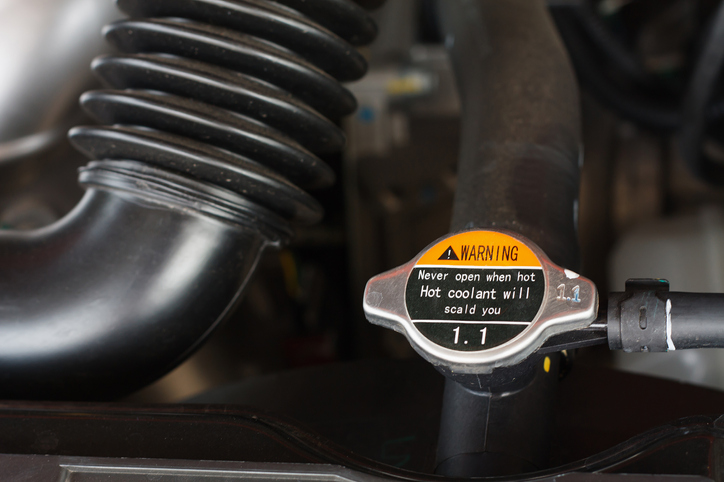Launching an Auto Repair Career? Here Are Some Tips for Servicing Cooling Systems!
A vehicle’s cooling system regulates the temperature of the engine. If left without proper servicing, a vehicle’s cooling system could end up overheating and causing major damage to the engine. A cooling system consists of a radiator, thermostat, hoses, and a water pump.
At ATC Cambridge, you’ll get hands-on training in how to service cooling systems and many more vehicle components. Read on to learn some cooling system servicing tips!
Drain the Radiator During Your Auto Mechanic Career
One of the first things you’ll need to do when servicing the cooling system of a customer’s vehicle is to remove any old coolant/water mixture from the radiator. However, before tackling this, you’ll want to be absolutely sure that the engine is completely cooled down. This is an important safety step that you should always take, as failing to do so can pose a serious safety risk.
The coolant/water mixture tends to become contaminated with elements after many kilometres of use, which can result in damage to the vehicle’s engine. To drain the coolant/water mixture during your auto mechanic career, you’ll have to go underneath the vehicle and locate the valve that’s connected to the radiator. You’ll then need to loosen that valve and catch the yellow-greenish coloured coolant that comes out with a drain pan.
Perform Thermostat and System Analysis Checks
When servicing a vehicle’s cooling system as part of your auto repair career, it’s a good idea to perform a thermostat check and a system analysis check. A thermostat check is recommended when a vehicle has high mileage, which means that the thermostat has become old, and has likely run its course and needs to be replaced. If it’s neglected, the thermostat can fail, and could result in the engine overheating.
You’ll also need to perform a system analysis check. This means inspecting the vehicle’s cooling system hoses for any leaks, cracks or other signs of wear and tear. You’ll also want to make sure that the hoses are secure and attached properly. This is because even just a slightly loose end can cause vapour or liquid leaks to occur. Also, make sure that they vehicle’s mechanical water pump belt is not worn out or out of place.

Add Fresh Coolant to the Radiator
Once you perform the cooling system analysis check for your customer’s vehicle, and everything seems to be in good condition, it’ll be time to refill the radiator with fresh coolant. Make sure that you know the level of coolant the vehicle’s radiator needs by checking the owner’s manual.

You’ll need to place a funnel in the inlet of the radiator and start pouring a mixed blend of distilled water and concentrated coolant. As you pour the coolant/water mixture, carefully examine the overflow tank that’s connected to the radiator until the required level reaches the overflow tank’s service line. Once your coolant refill is complete, you’ll need to check the cooling system again for leaks by turning on the vehicle and running it for several minutes.
Are you interested in auto repair programs?
Contact ATC Cambridge for more information!


